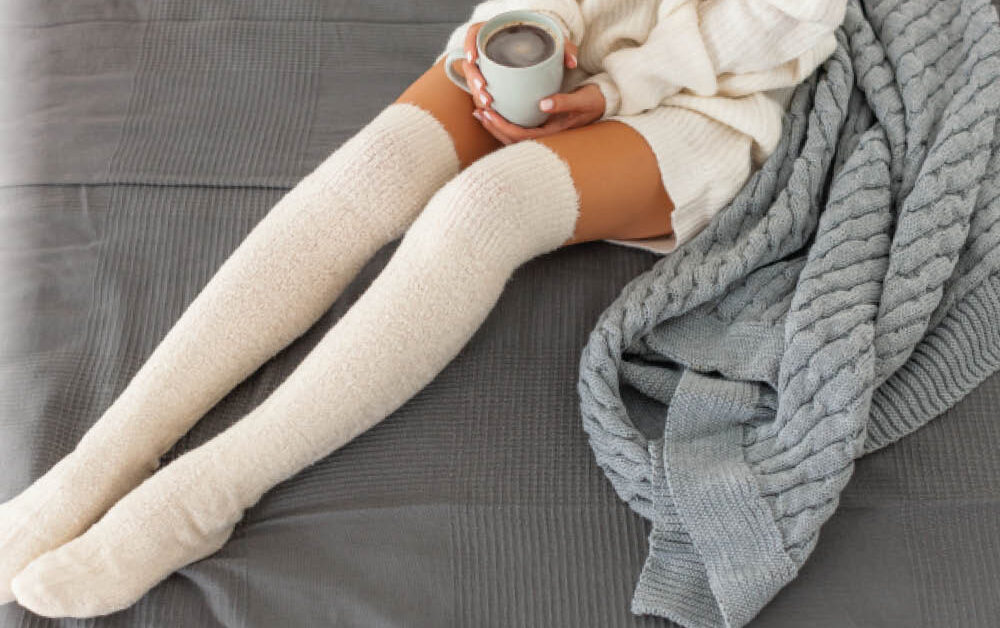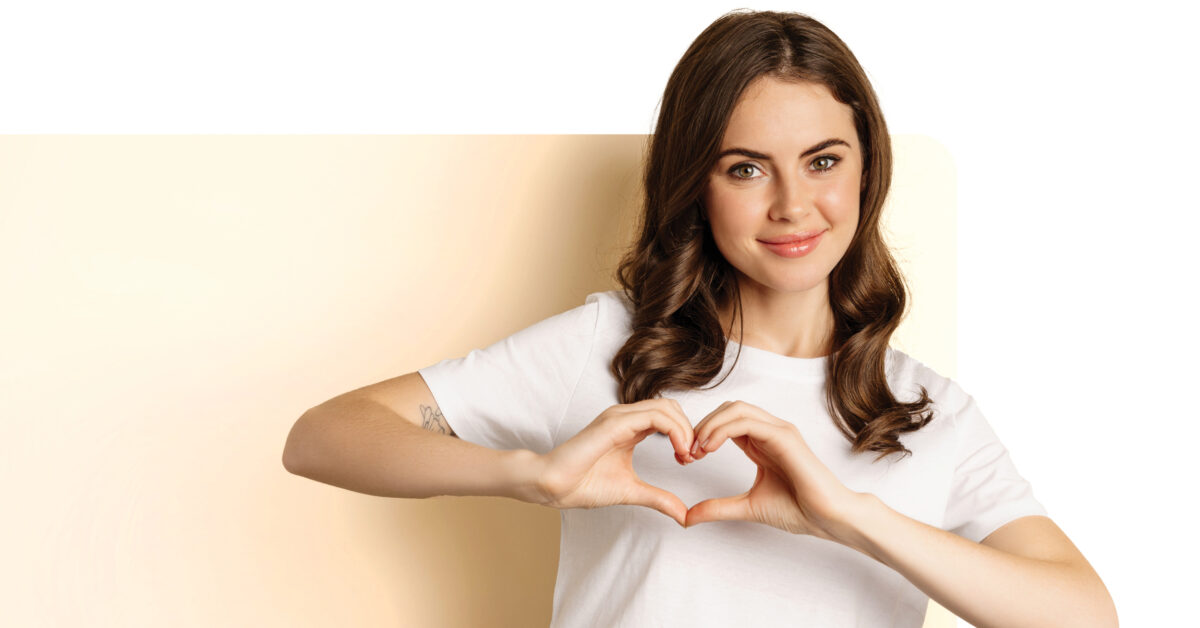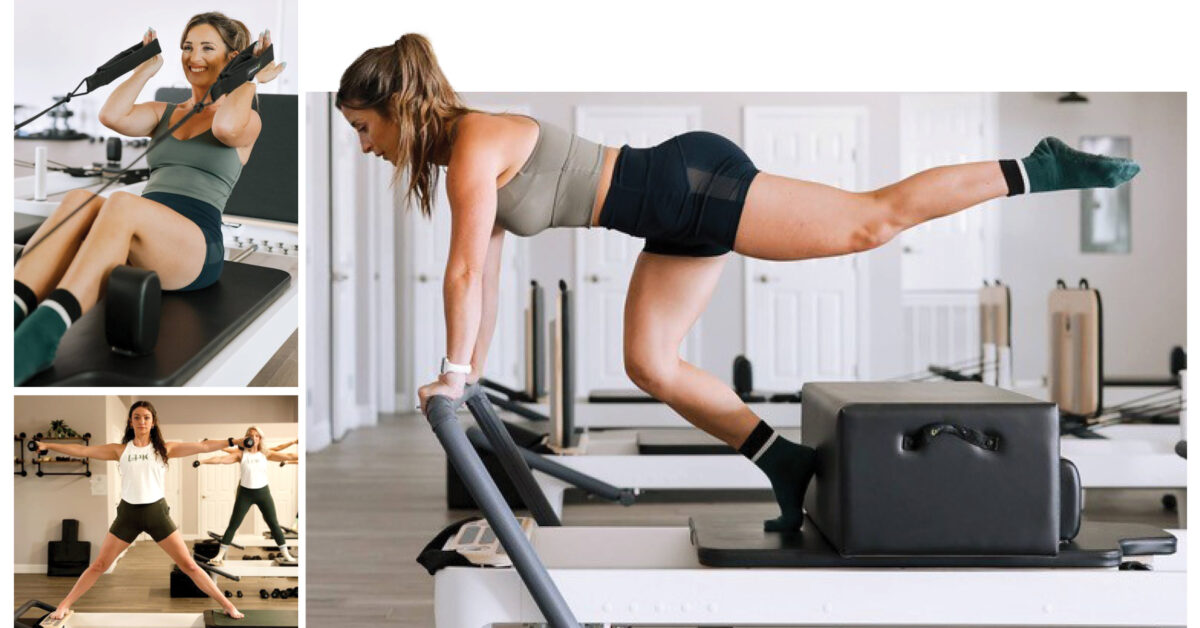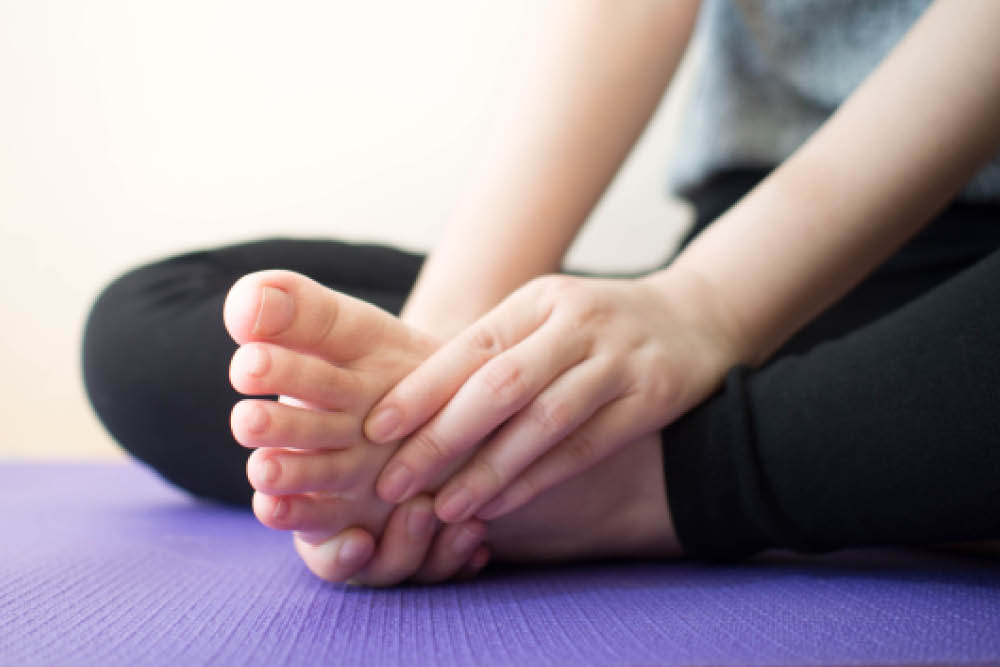
2020 Was a Pain in the Foot
January 2021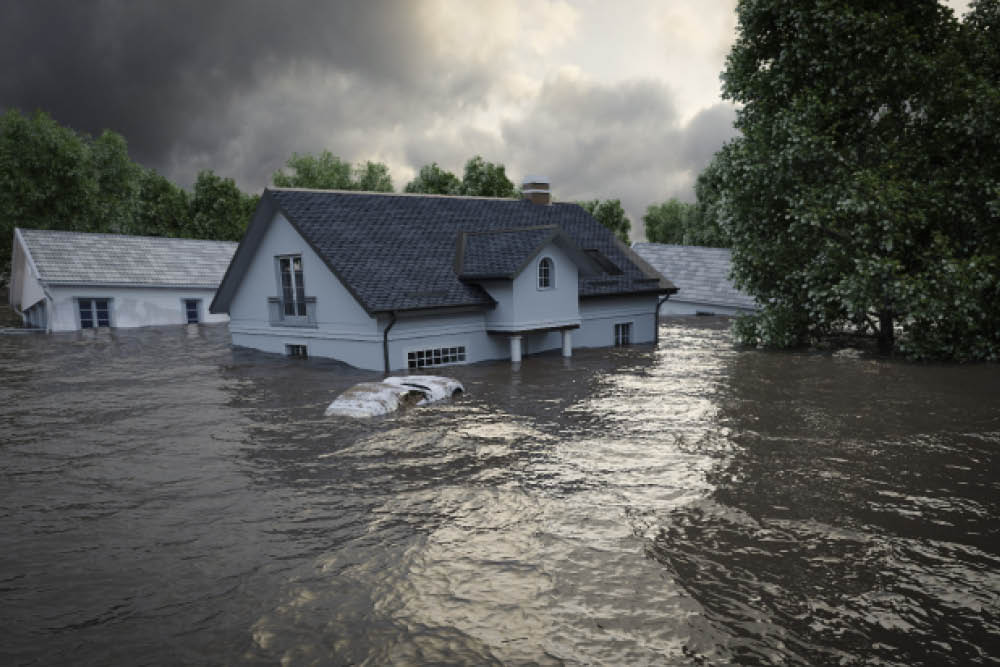
Tips to Ease the Process for Future Insurance Claims
January 2021by Kristy Como Armand
For Southwest Louisiana, cold weather does not usually get too extreme. Many look forward to those times a cold front moves through our region as the perfect excuse to whip up a gumbo, wear a favorite sweater or gather with family around the fire.
But for those with varicose veins, harsh winter temperatures could present some challenges in managing the condition. “Varicose veins are surface veins that have become enlarged, swollen, twisted, and/or bulging due to vein disease,” explains Dr. Carl Fastabend, founder and medical director of the Vein Center of Southwest Louisiana, and Louisiana’s only full-time, comprehensive vein specialist. “Some people assume that varicose veins are primarily a cosmetic concern, but varicose veins are often a sign of underlying vein disease and may require treatment to prevent a more serious venous problem from developing.”
The cold weather news is not all bad, according to Dr. Fastabend. “Cold temperatures can cause veins to contract, making it easier for the valves inside the veins to function properly. This could mean fewer leg cramps and swollen ankles for some people.”
However, overall, winter weather typically leads to an increase in symptoms for many with varicose veins. Weight gain over the holidays is common, and this year, there may have already been weight gain earlier in the year due to a more sedentary lifestyle resulting from COVID-19 restrictions. More weight means more work on the part of your legs to get blood back to the heart. Dr. Fastabend says it’s easy to talk yourself out of an outdoor walk or other workout that requires leaving the house in cold weather. “If it’s cold out, try to stay active indoors,” he says. “This will keep the valves actively pumping blood through the veins.”
When the temperature drops, there is also usually a temporary change in atmospheric pressure. “That change can cause your circulatory system to generally become less efficient, which can further aggravate issues with the veins,” says Dr. Fastabend. This is also something to monitor if your winter travel plans take you to the slopes.
Another concern in colder weather is its effect on the skin. Dr. Fastabend says dry, cold weather can contribute to dry skin on the legs and even a rash, which may cause itching of varicose veins. He suggests you apply moisturizing lotion regularly to avoid this.
To manage vein disorder symptoms in the winter, Dr. Fastabend recommends pampering your veins a little during these months. “Elevate your legs for 30 minutes before going to bed, stretch throughout the day and massage your ankles and lower legs whenever you can.” You can also promote vein health by minimizing your salt intake and drinking plenty of water.
For more information about vein disorders and treatment options, contact the Vein Center of Southwest Louisiana at
337-312-VEIN or visit www.veincenterswla.com.



